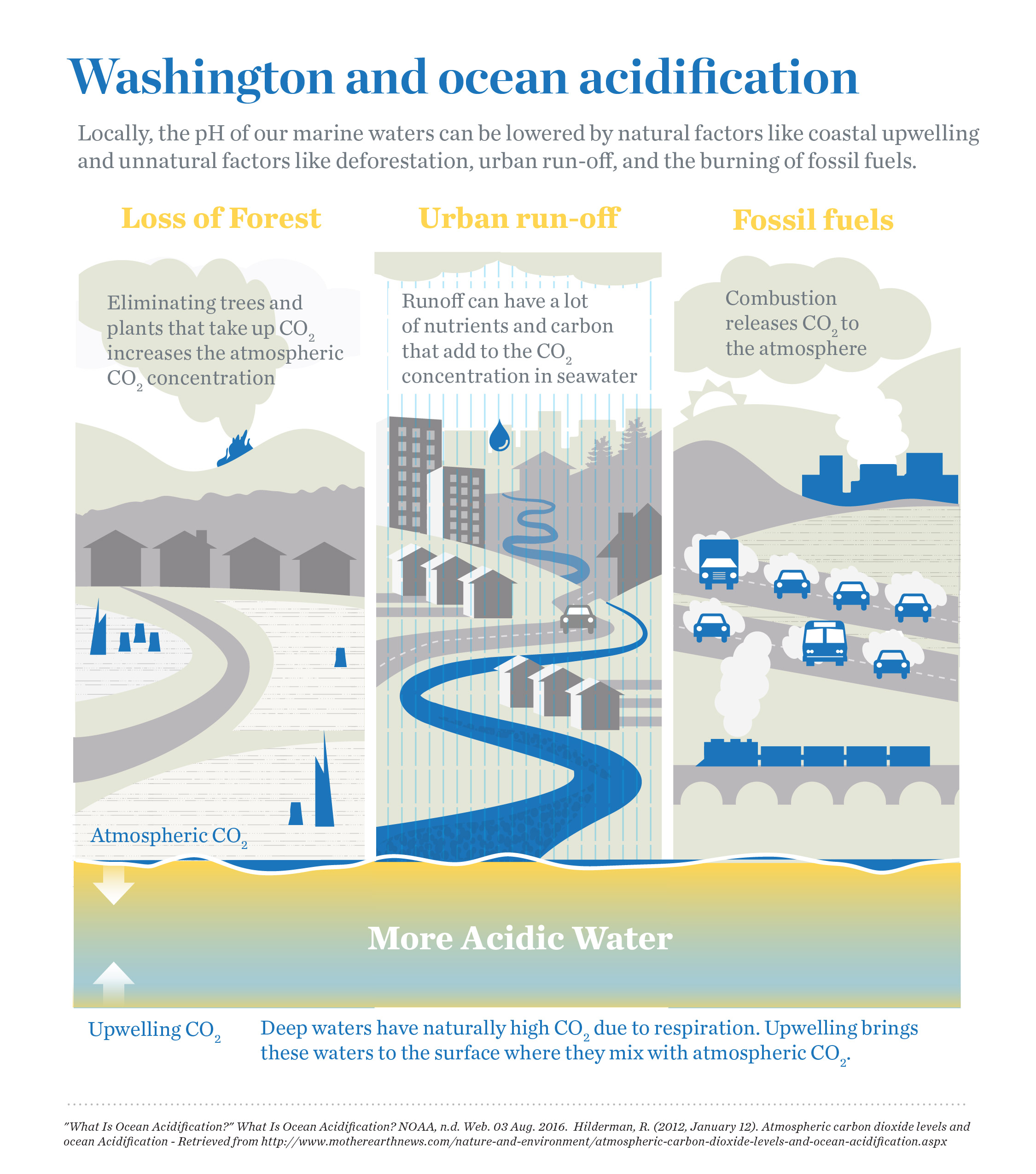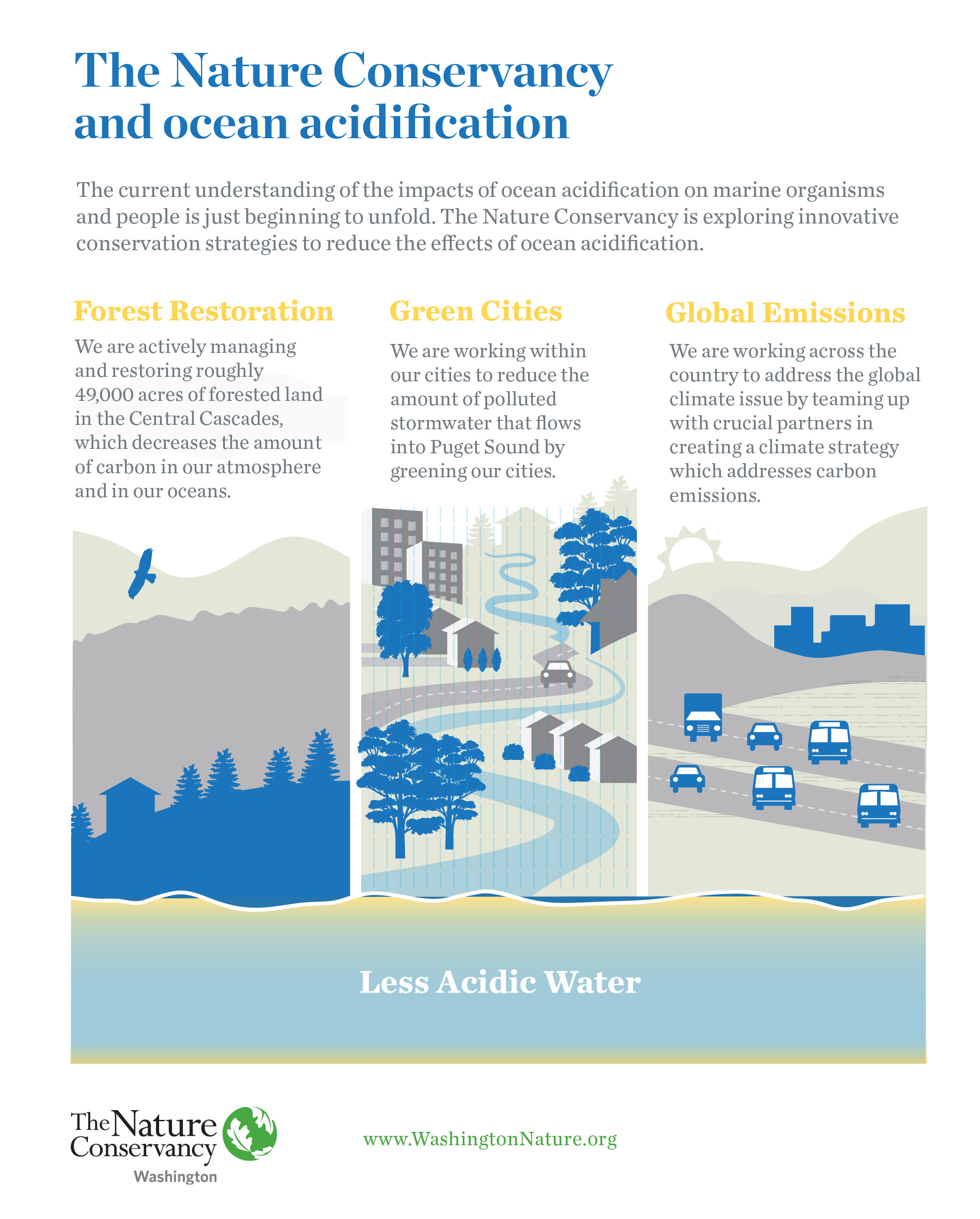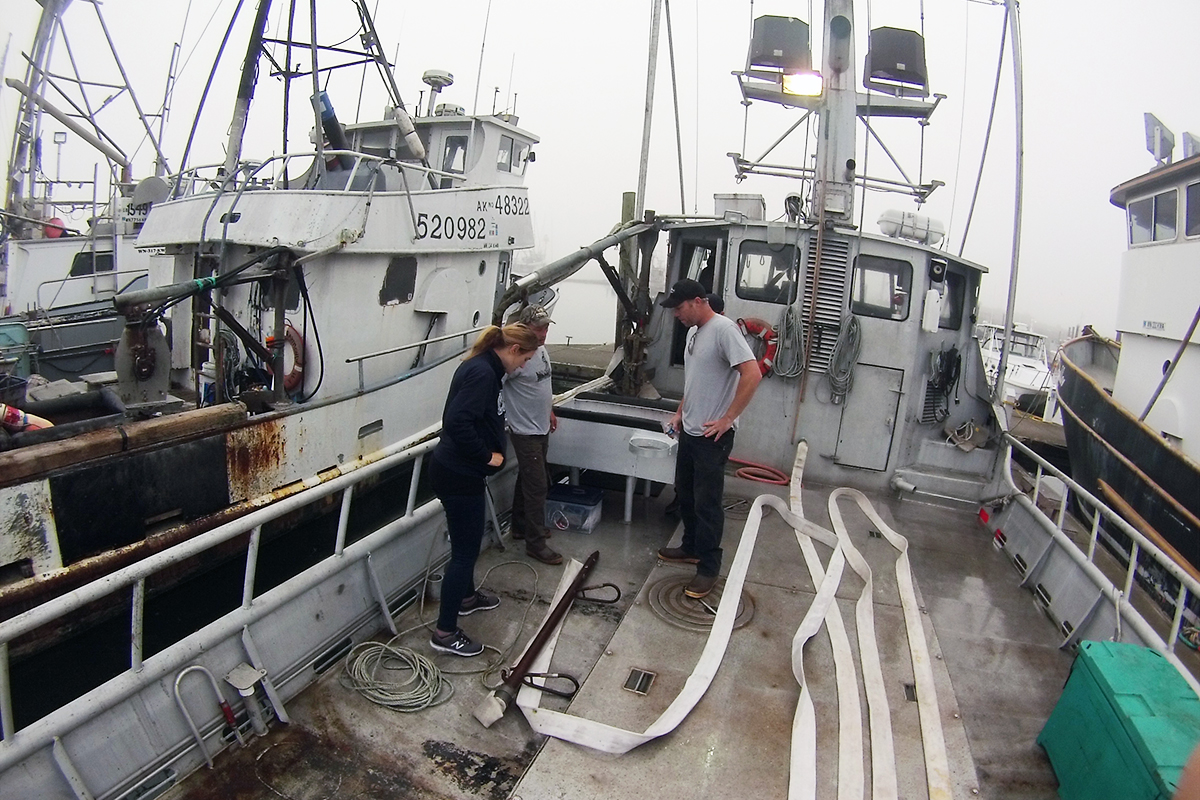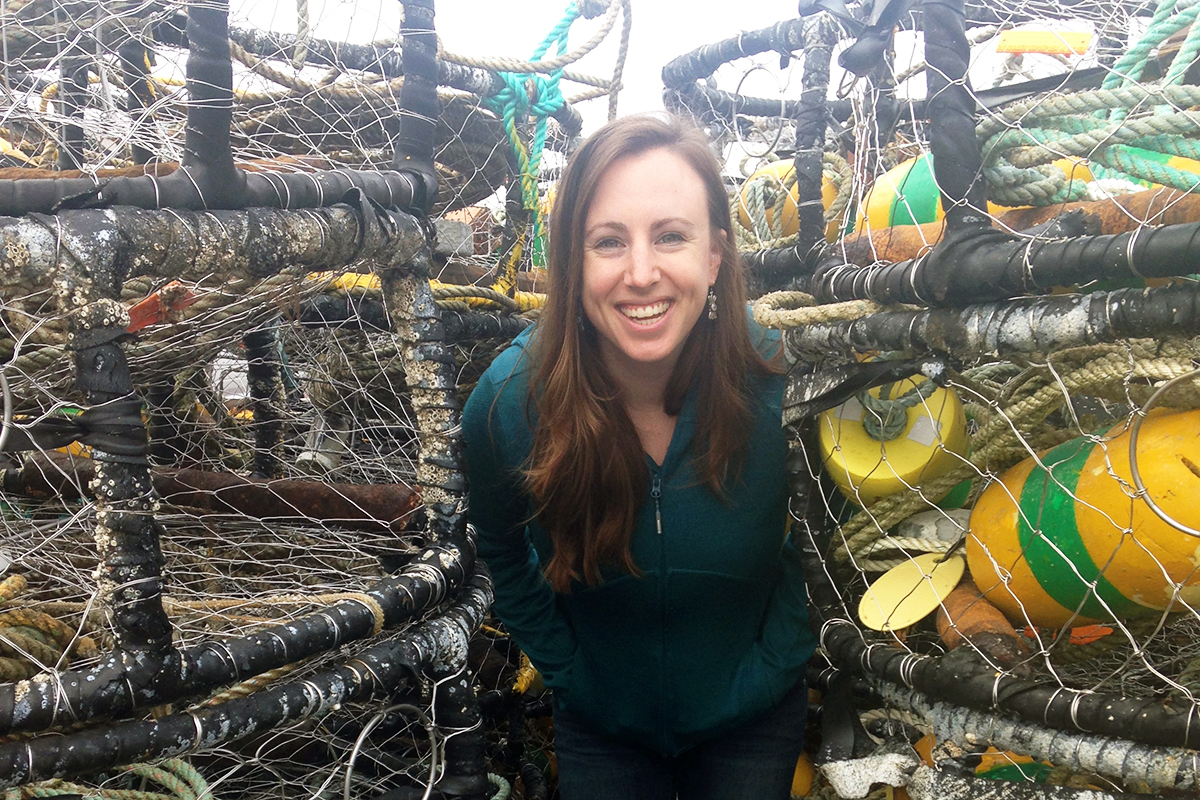Dr. Tiara Moore, founder of Black in Marine Science bravely reveals stories from her life in this profile. Discover what motivates BIMS’ ambitious sustainability plan to secure an equitable future for marine science.
New Research: How do fishers view vulnerability and the impacts of climate change on fisheries?
Oysters to the Rescue
Oyster farming not only provides jobs in rural communities, but oysters themselves provide habitat for marine life and improve environmental quality by filtering water. So, if native oysters were no longer headed to restaurants, could they be purchased and used for restoring coastal habitats? This question led TNC and Pew Charitable Trusts develop the Supporting Oyster Aquaculture and Restoration (SOAR) initiative to purchase native oysters from shellfish growers to support the industry during this difficult time while also supporting local restoration efforts. The goal was to purchase and transfer 5 million native oysters from farm to tidelands on the East Coast and in Washington State.
When a Global Issue is Felt Locally
The impacts of climate change will vary from nation to nation, state to state, and city to city. Here in Washington, climate change is expected to increase fire frequency and severity in our forested areas, temperatures will continue to rise, coastal flooding will increase, and our oceans will become more acidic. Learn more about how climate change not only affects our marine environments but also plays an significant role in our local and national economies. Explore the infographic below.
Inforgraphic created by Erica Simek Sloniker, GIS & Visual Communications
Learn more about Ocean Acidification
Vessel Traffic in the Salish Sea: Preparing for the Future
Written by Michael Chang
Story Map by Michael Chang (2015-2016 Hershman Marine Policy Fellow, Makah Tribe/The Nature Conservancy), Erica Simek Sloniker (GIS & Visual Communications), and Laura Nelson (2014-2015 Hershman Marine Policy Fellow, Makah Tribe/The Nature Conservancy)
The Salish Sea, a body of water between British Columbia and Washington State that includes the Strait of Georgia, the Strait of Juan de Fuca, and Puget Sound, is a region that supports the livelihoods of millions of people. Communities, tribes, and First Nations are intimately dependent on these waters for food, culture, recreation, and industry.
Every year, about 10,000 cargo ships carry hundreds of thousands of gallons of oil through the Salish Sea, creating a constant risk of oil spills in the region that could harm community and tribal livelihoods. However, an intricate network of experts from the Coast Guard, U.S. tribes, Canadian First Nations, state & federal agencies, regional non-profits, and local communities have prevented a major oil spill from occurring in over 20 years.
Recently, there have been several new proposals and developments for oil terminals that will increase the oil shipping volume by twofold. To ensure that the Salish Sea can adapt to the doubling of vessels and oil, the Makah Tribe and TNC have partnered together to organize a trans-boundary vessel safety summit in order to improve the U.S. and Canadian coordination for oil response, prevention, and preparedness.
The Nature Conservancy and Makah have created an interactive story map detailing the vessel safety system and what needs to be done to accommodate the expected increase in vessel traffic.
See the full, interactive story map on vessel traffic on oil spill preparedness and response in the Salish Sea region.
On the Radio: Exploring the Science Behind King Tides
Audio provided by KOMO News Radio
It's an incredible season for king tides, these unusually high tides are caused by the gravitational pull of the Sun and Moon along with El Nino and The Blob. Our Senior Marine Ecologist Jodie Toft explained the science and dangers of king tides and where you can check them out with KOMO News Radio. Listen in above!
KING TIDES: SEE THE INFOGRAPHIC & LEARN WHEN TO SEE THEM
CONTRIBUTE TO THE WASHINGTON KING TIDES PHOTO INITIATIVE! UPLOAD YOUR PHOTOS
LEARN ABOUT OUR MARINE WORK
Searching for Crab Pots
Abandoned fishing gear never stops fishing.
Written and Photographed by Molly Bogeberg, Hershman Marine Policy Fellow and Kara Cardinal, Marine Projects Manager
Kara Cardinal and I woke up early to walk the docks in Westport and catch Quinault Indian Nation fisherman (Tony) and Natural Resource Consultants (NRC) staff (Jeff Cox) before they left Westport in search of lost and abandoned crab pots to pluck from the seafloor. The Nature Conservancy has partnered with the Quinault, NRC, and NOAA to use a specially designed line cutter and hydraulic pump to remove crab pots that have been buried deep in the sand or caught in-between rocks.
Jeff demonstrated how the specially designed crab pot line cutters work. It was amazing to see how the white tubing pumps water into the sandy seafloor to help remove buried crab pots. These derelict crab pots are a menace because they can continue to catch crab, impede other fishing practices, and entangle marine mammals. The hope is that by removing these lost pots, the waters close to Westport and the Quinault Nation will be safer for boaters and marine organisms alike.
Learn more about our marine work here.







































